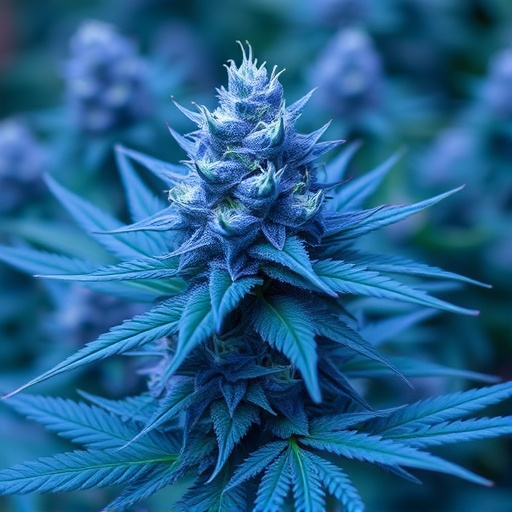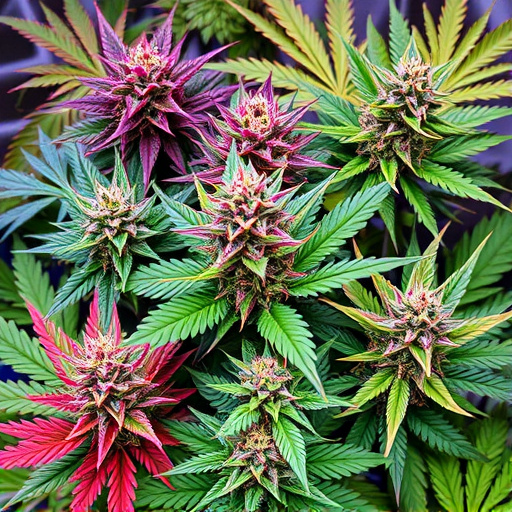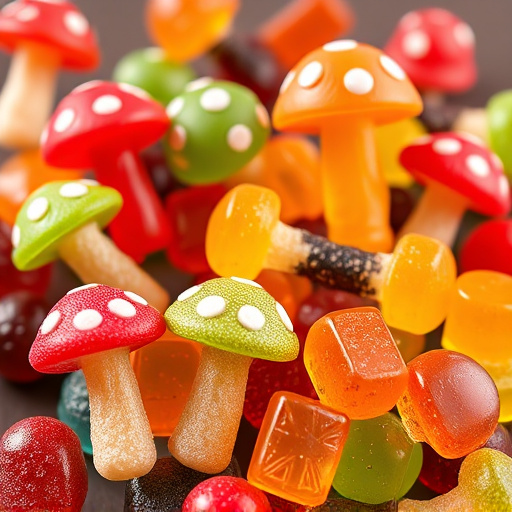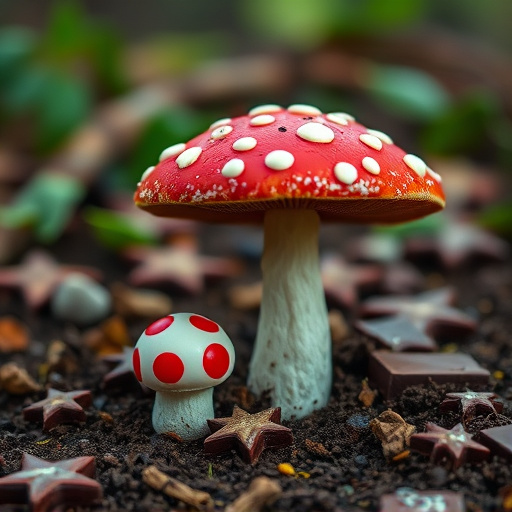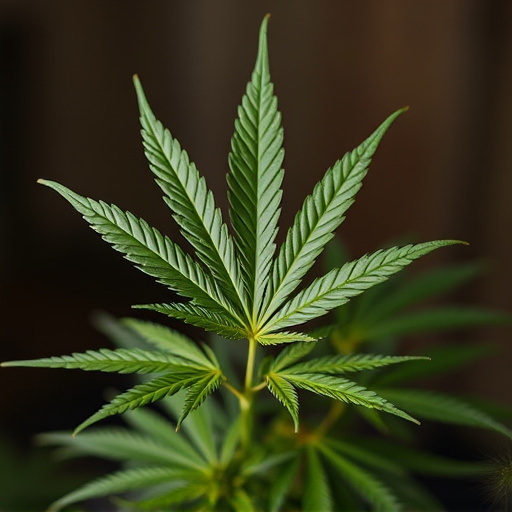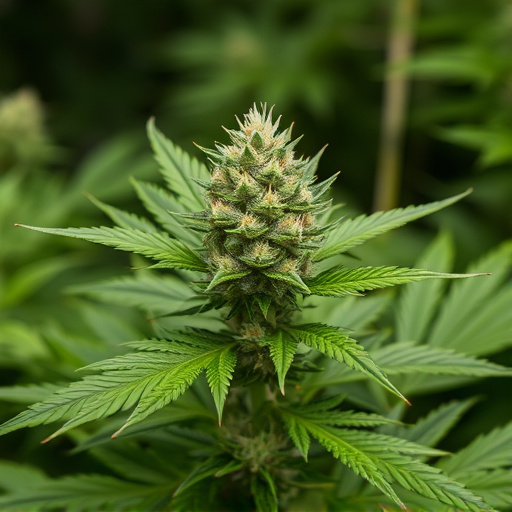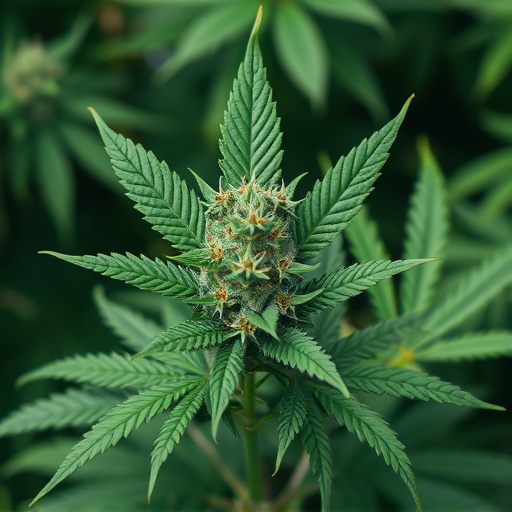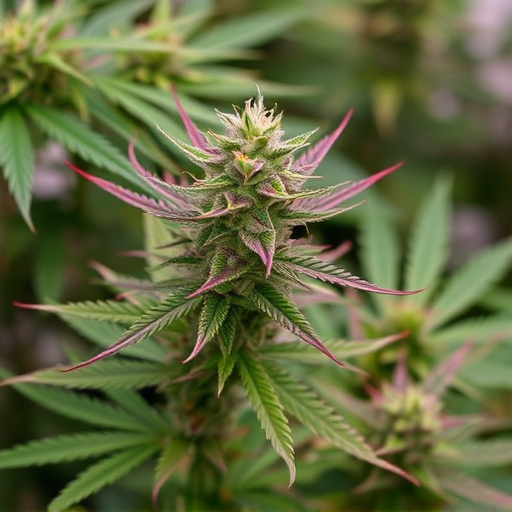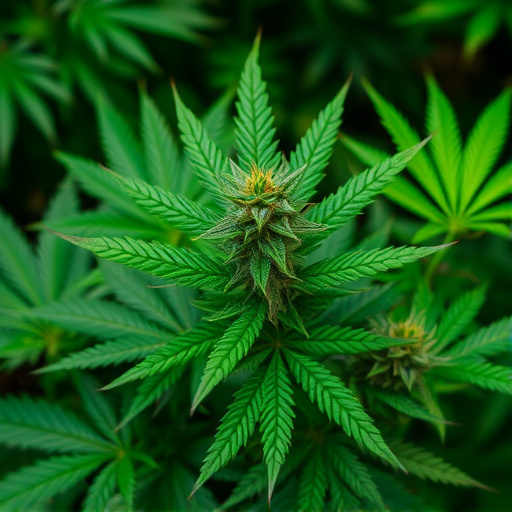The article emphasizes the importance of understanding medicinal strains of cannabis when infusing it into food, highlighting key cannabinoids like THC and CBD. It discusses various methods for infusion, including decarboxylation, cannabis-infused butter/ghee, and cannabis-sweetened honey. Safety guidelines are provided, emphasizing high-quality organic cannabis from reputable sources, precise measurement, starting with low dosages, and proper storage. The ultimate goal is to leverage medical strains for innovative and flavorful culinary enhancements.
Discover the art of infusing cannabis into food with our comprehensive guide. Understanding medical strains of cannabis is key to crafting effective and safe edible preparations. We’ll explore diverse methods, from decarboxylation to submerging, to unlock the plant’s potential. Learn essential tips and safety considerations to ensure a delightful and therapeutic culinary experience.
- Understanding Medical Strains of Cannabis: A Primer
- Methods for Infusing Cannabis into Food
- Tips and Safety Considerations for Edible Cannabis Preparations
Understanding Medical Strains of Cannabis: A Primer
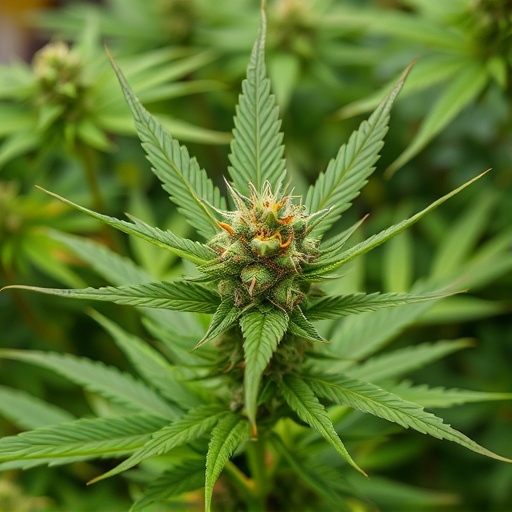
Cannabis, a plant with a rich history and diverse applications, has gained significant attention for its medicinal properties, leading to the development of various medical strains. Understanding these strains is crucial when aiming to infuse cannabis into food, as different varieties offer unique therapeutic benefits and effects. Medical strains are cultivated specifically to maximize the presence of specific cannabinoids, such as THC (Tetrahydrocannabinol) and CBD (Cannabidiol), which are known for their potential medicinal advantages.
These strains often come with meticulous breeding processes that enhance their chemical composition. For instance, high-CBD strains have gained popularity due to their minimal psychoactive effects, making them suitable for patients seeking relief from pain or anxiety without the mental intoxication associated with THC. On the other hand, indica and sativa varieties, distinguished by their distinct genetic lineages, offer different experiences; indicas are typically known for their relaxing and sedating properties, while sativas tend to stimulate creativity and energy. When choosing a strain for culinary purposes, considering these variations can help achieve desired effects and enhance the overall dining experience.
Methods for Infusing Cannabis into Food
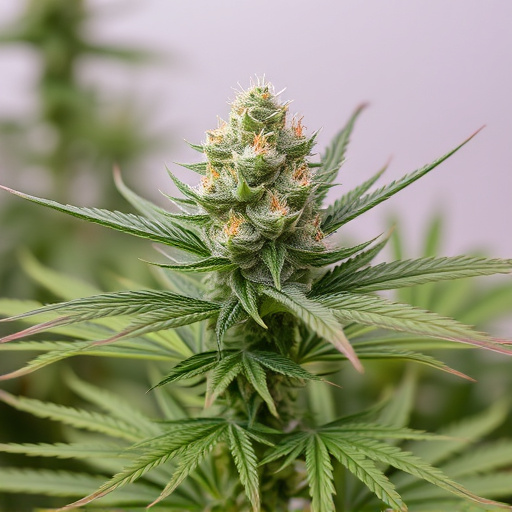
When it comes to infusing cannabis into food, there are several methods you can employ to create delicious and potent culinary experiences. One popular technique is decarboxylation, which involves heating cannabis flowers or buds to activate their compounds. This process releases THC and CBD, making them more bioavailable for your body when consumed in edible form. After decarboxylation, you can infuse these activated compounds into various cooking oils like coconut, olive, or avocado oil. These infused oils become a versatile base for adding cannabis to baked goods, smoothies, sauces, and even chocolates.
Another method is using cannabis butter or ghee as a base. By infusing butter with medical strains of cannabis, you create a flavorful and creamy ingredient that can enhance dishes like cookies, brownies, or even popcorn. This approach ensures a smoother and more discreet way to incorporate cannabis into your meals, as the taste of butter blends seamlessly with various recipes. Moreover, cannabis-infused honey is another creative option, offering a natural sweetener with added benefits, perfect for drizzling on breakfast foods or using in tea.
Tips and Safety Considerations for Edible Cannabis Preparations
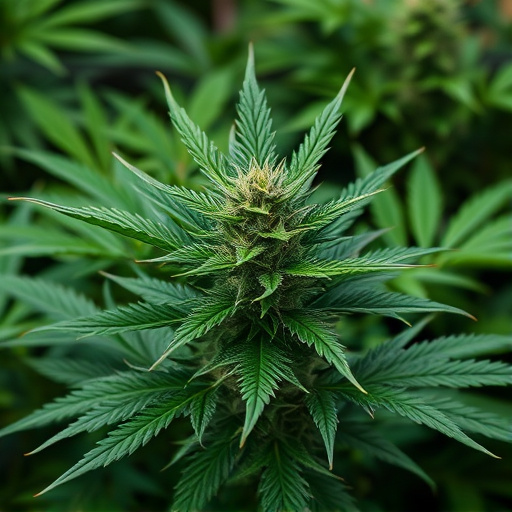
When preparing edible cannabis preparations, safety should always be your top priority. Start by using high-quality, certified organic cannabis from reputable sources to ensure purity and consistency. Opt for medical strains of cannabis that are known for their balanced cannabinoid profiles, as these will produce more predictable results. Precise measurement is key; accurately measure both the cannabis and other ingredients to achieve the desired potency.
Keep in mind that the activation time for edibles can be significantly longer than smoking or vaping, so patience is essential. Also, remember that potency varies between different forms of cannabis, with infused oils and butter typically more potent than dried herb. Always begin with a low dosage and gradually increase as needed to avoid overwhelming your system. Lastly, store your preparations properly in airtight containers at room temperature, away from direct sunlight, to maintain their quality and effectiveness.
Incorporating medical strains of cannabis into your food preparation can unlock a world of therapeutic benefits. By understanding different cannabis strains and exploring effective infusion methods, you can create delicious and potent edible treatments. Always remember to start with small doses and prioritize safety when experimenting with cannabis in the kitchen. Happy cooking!
